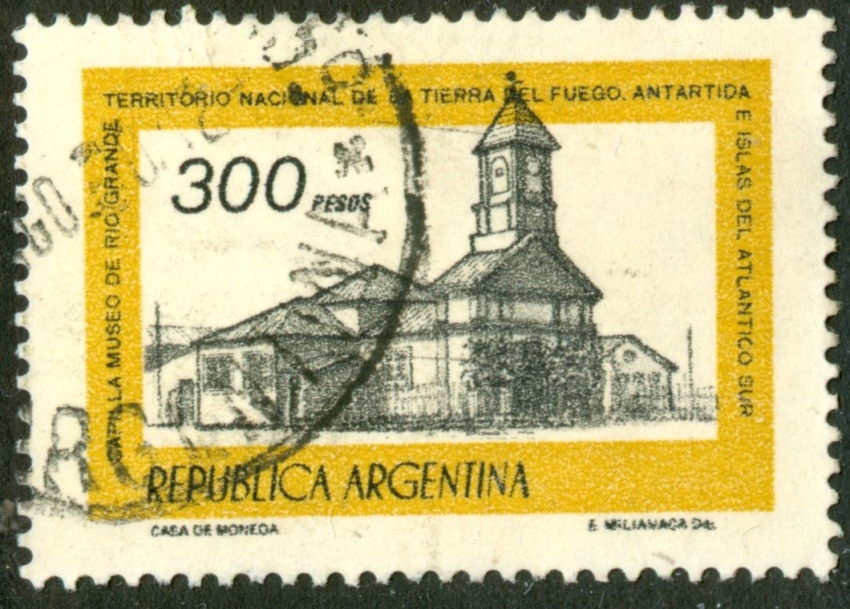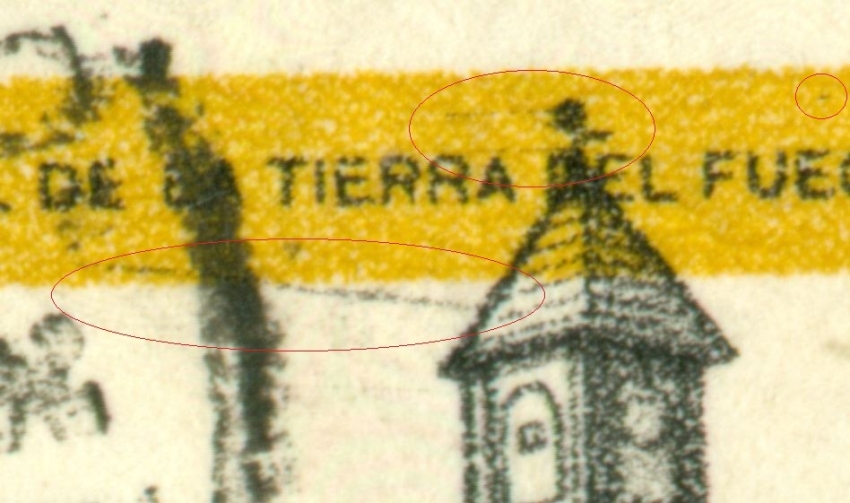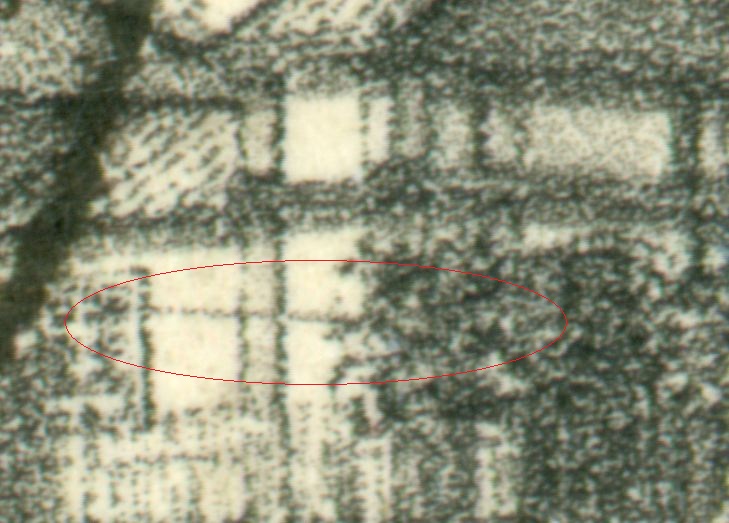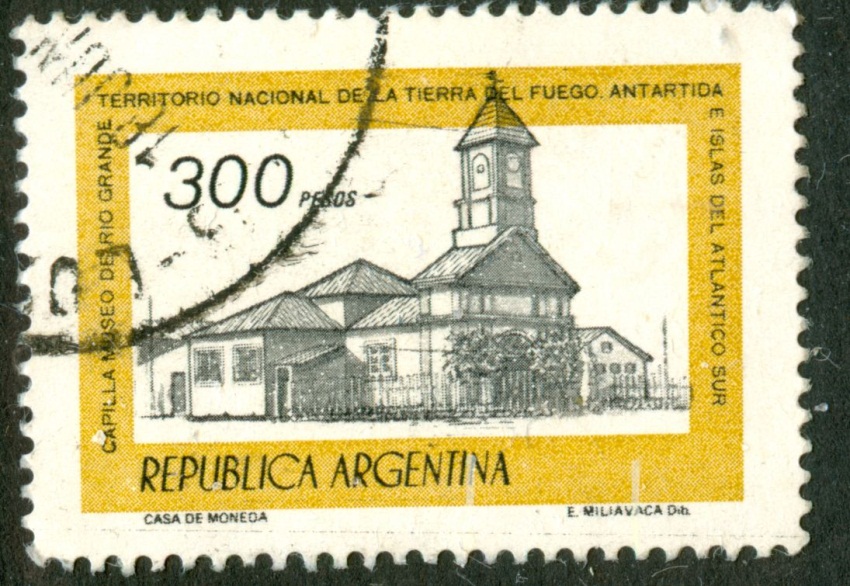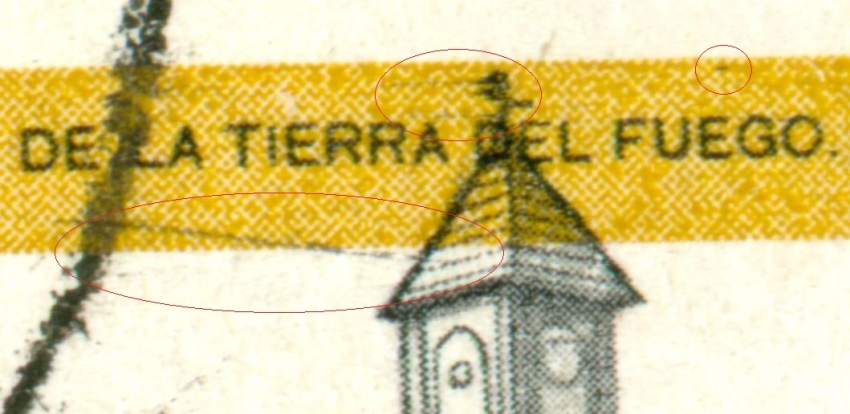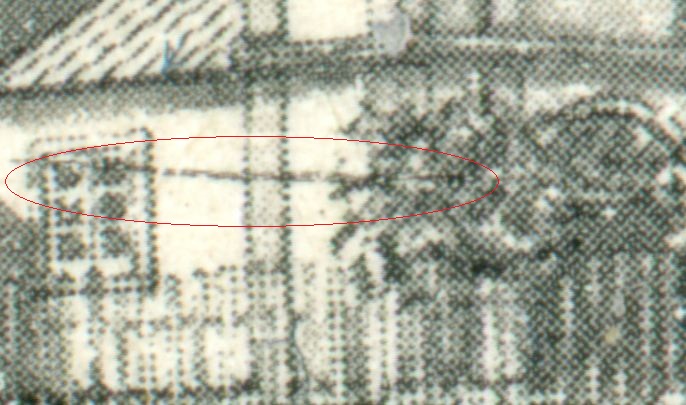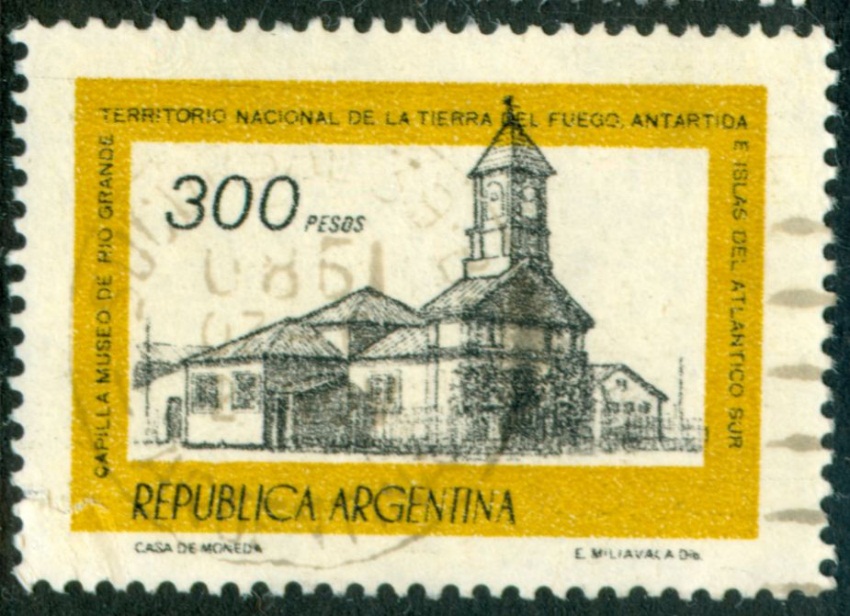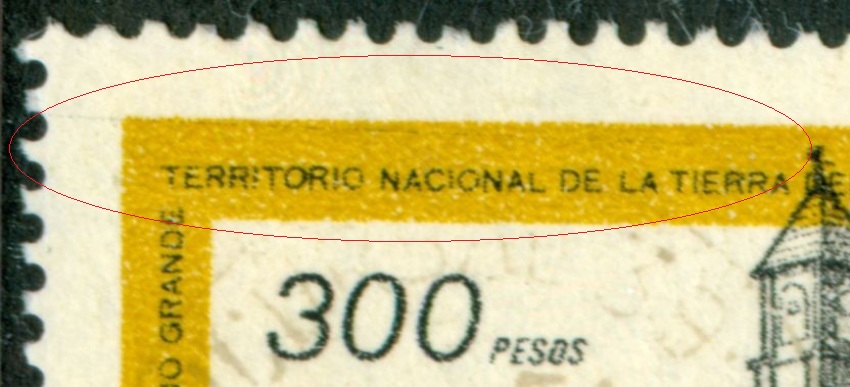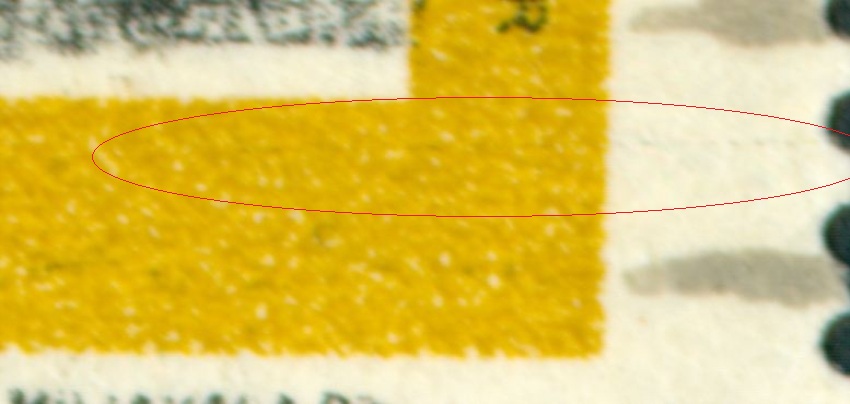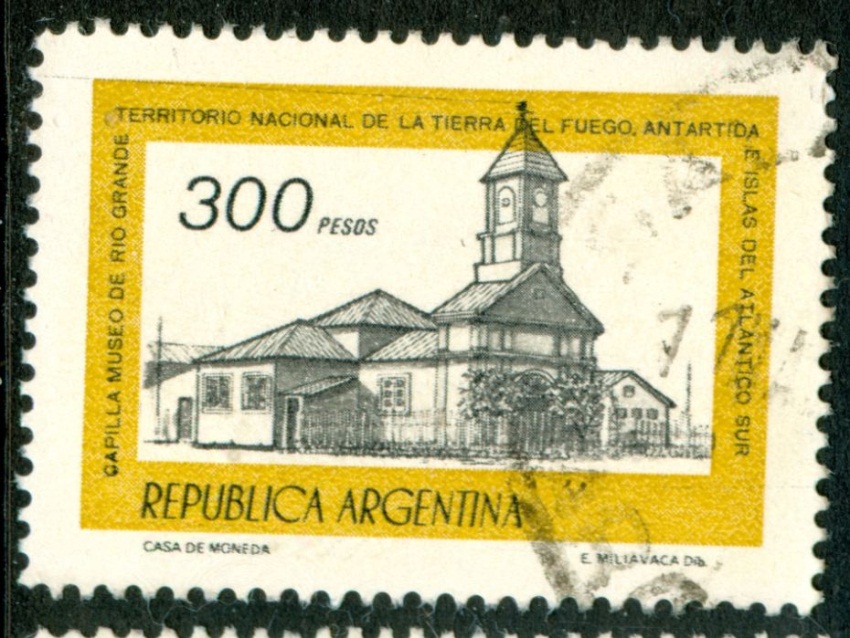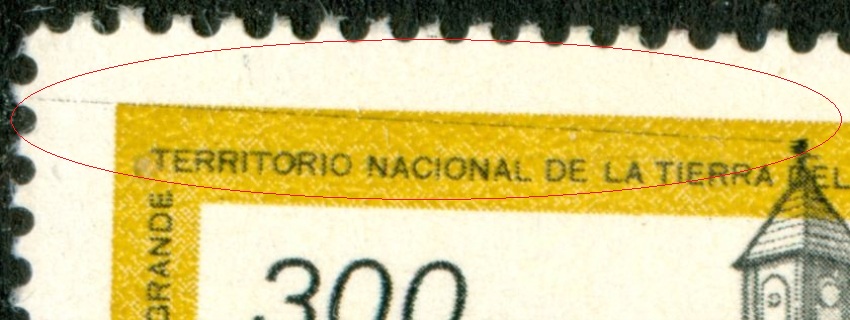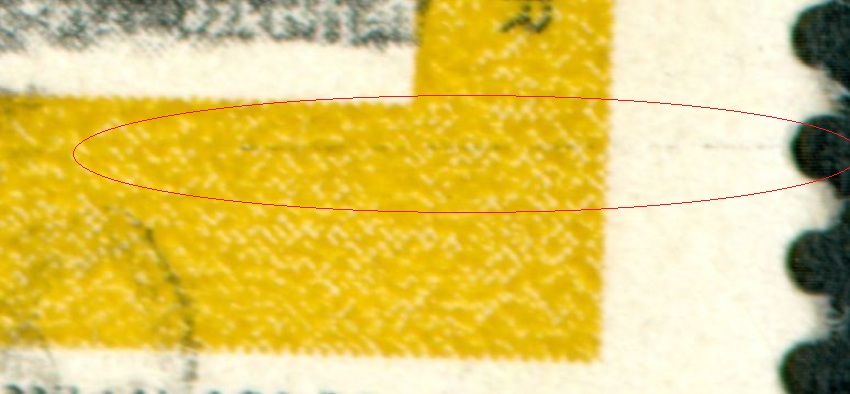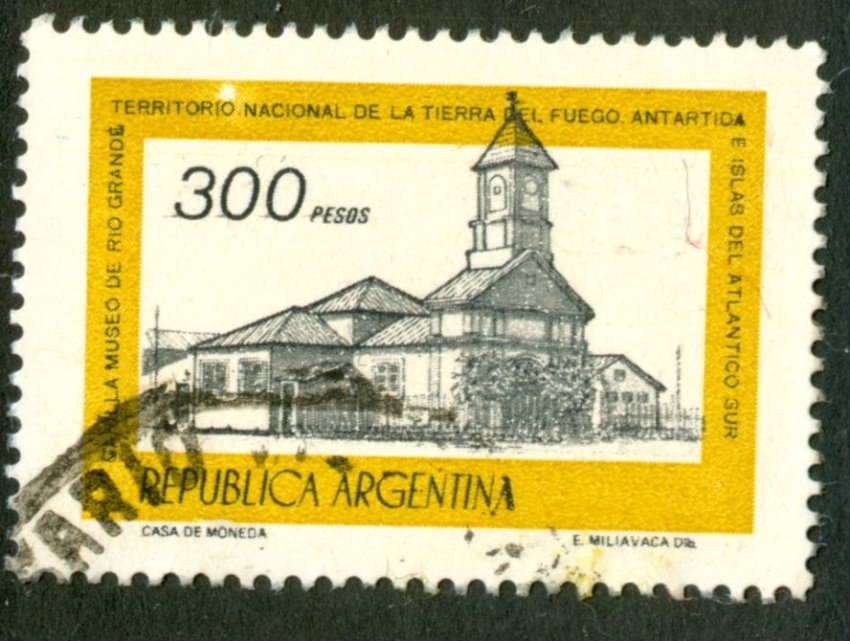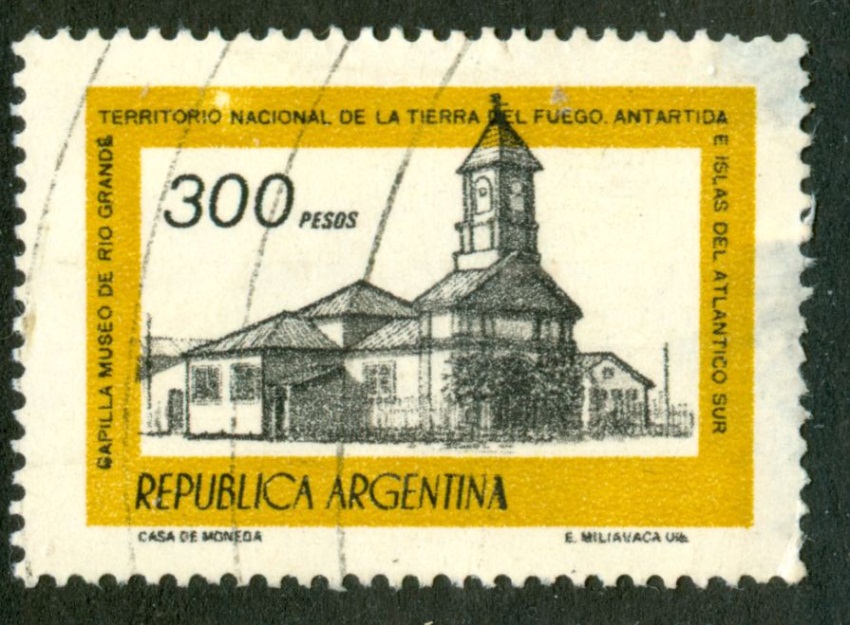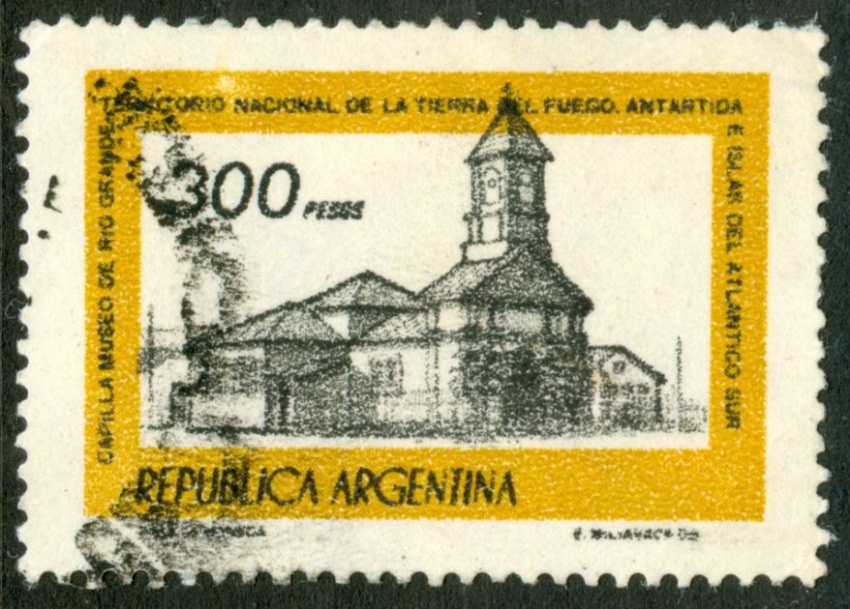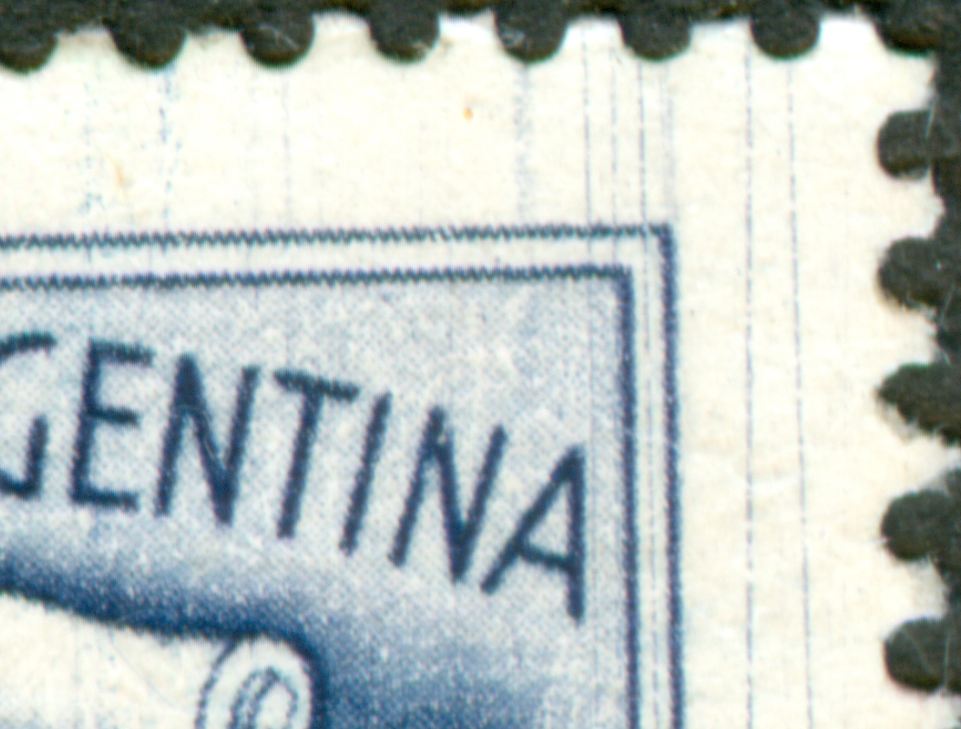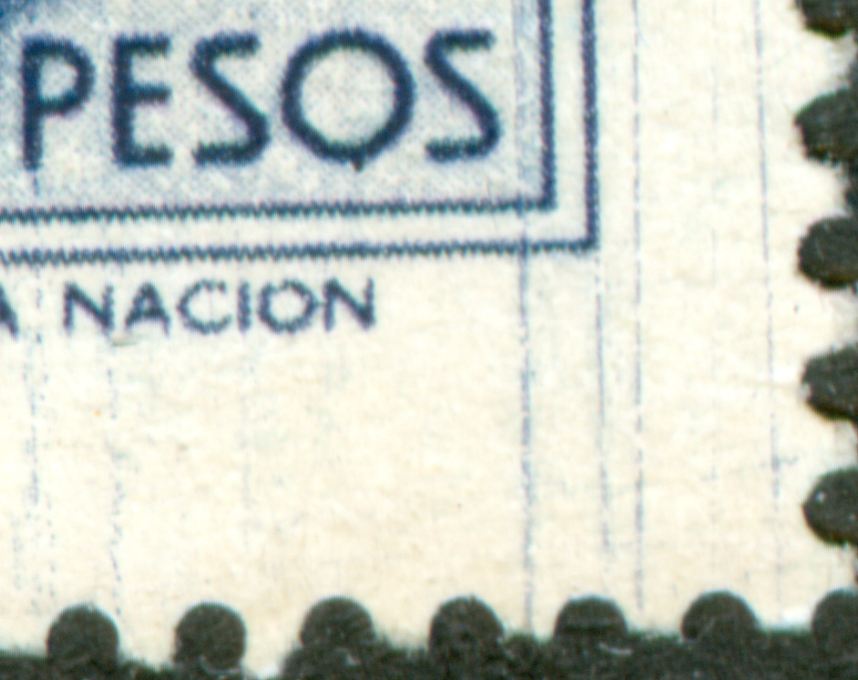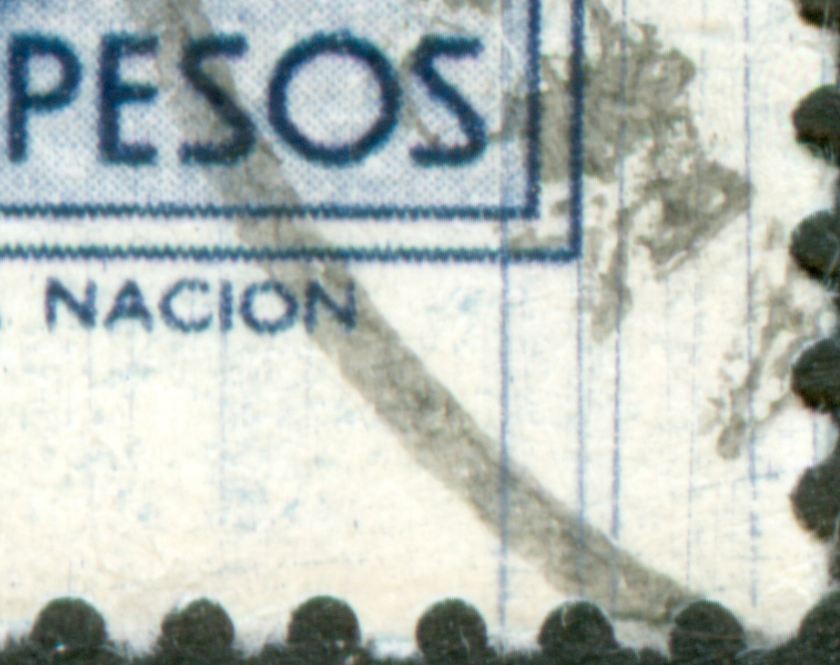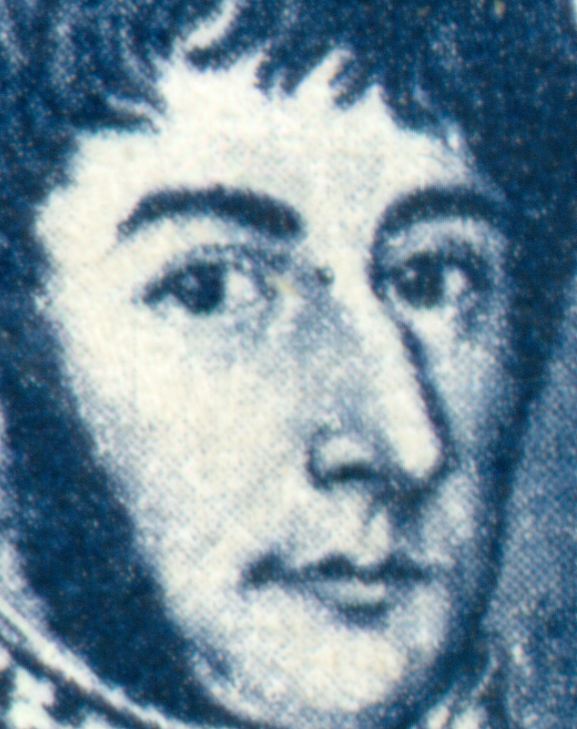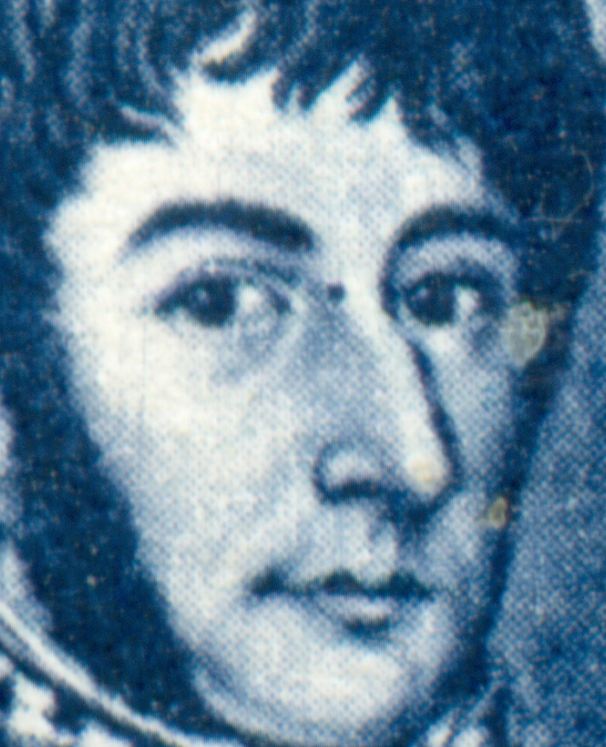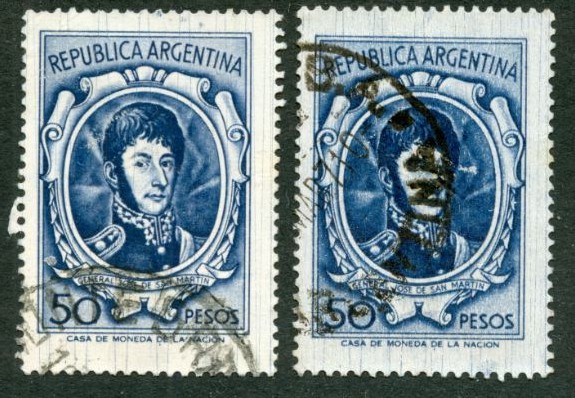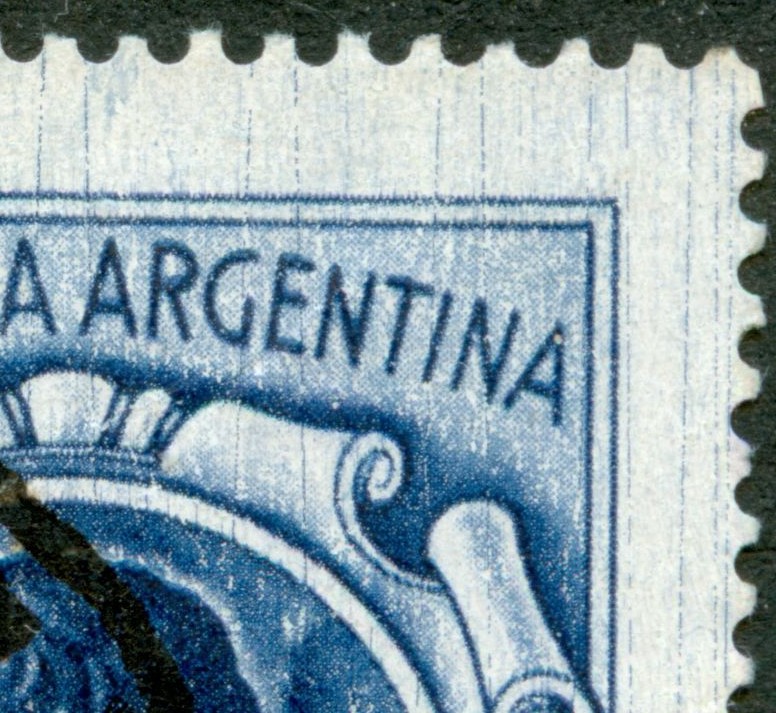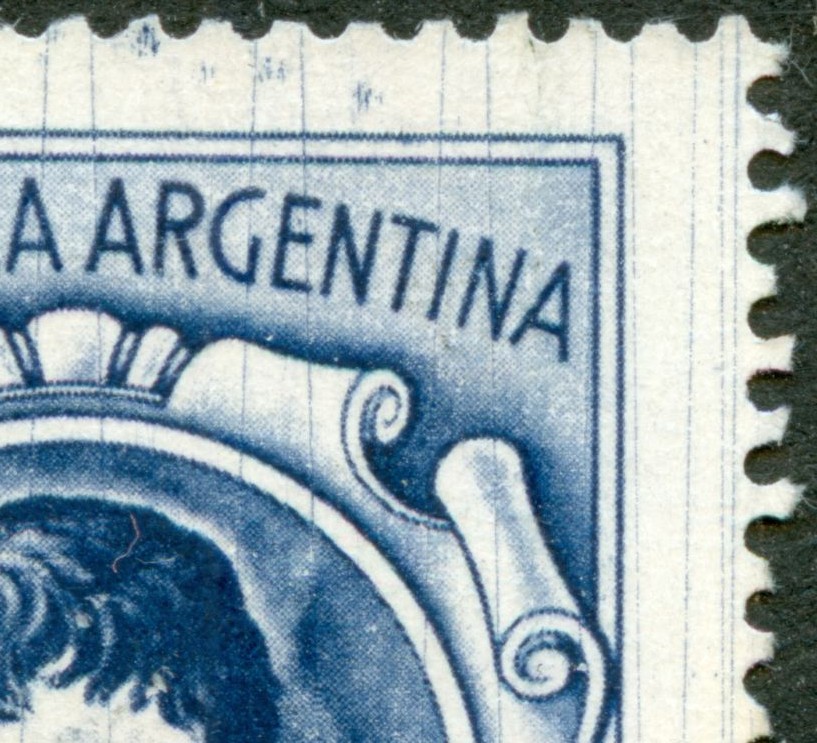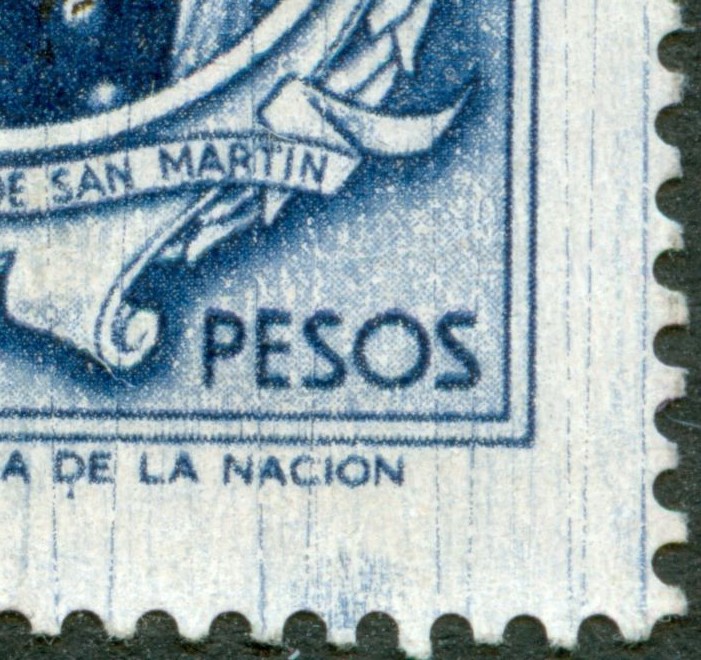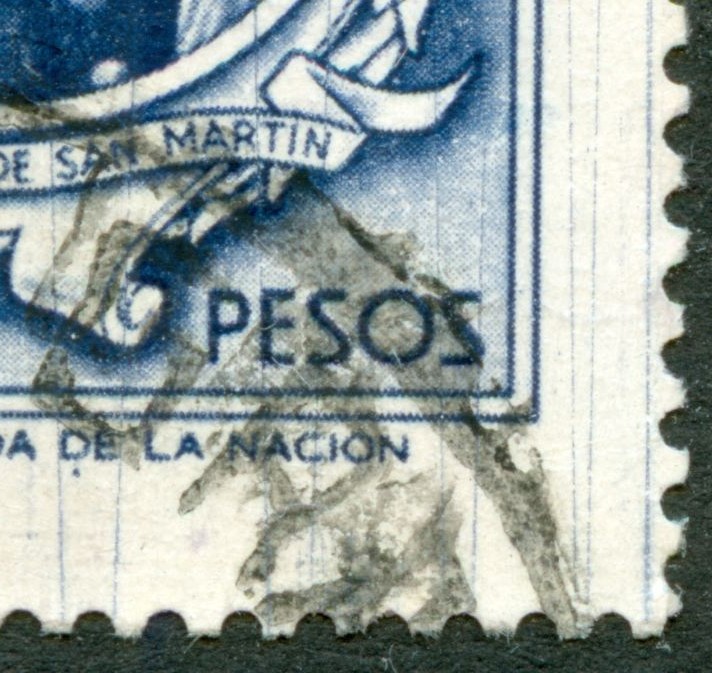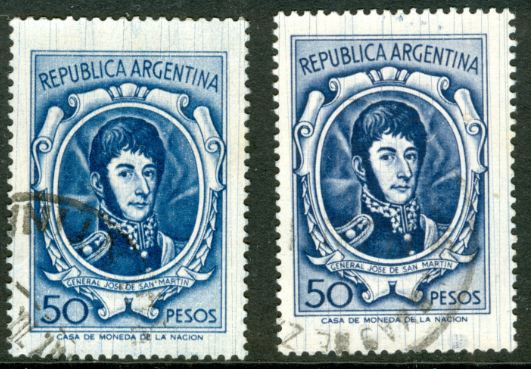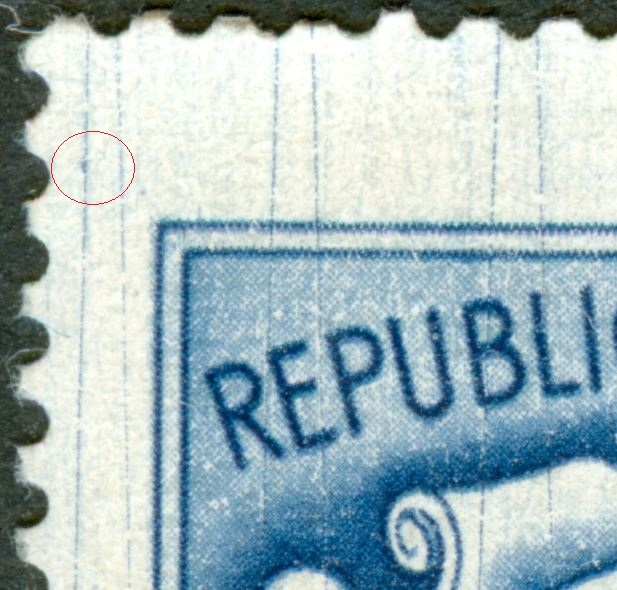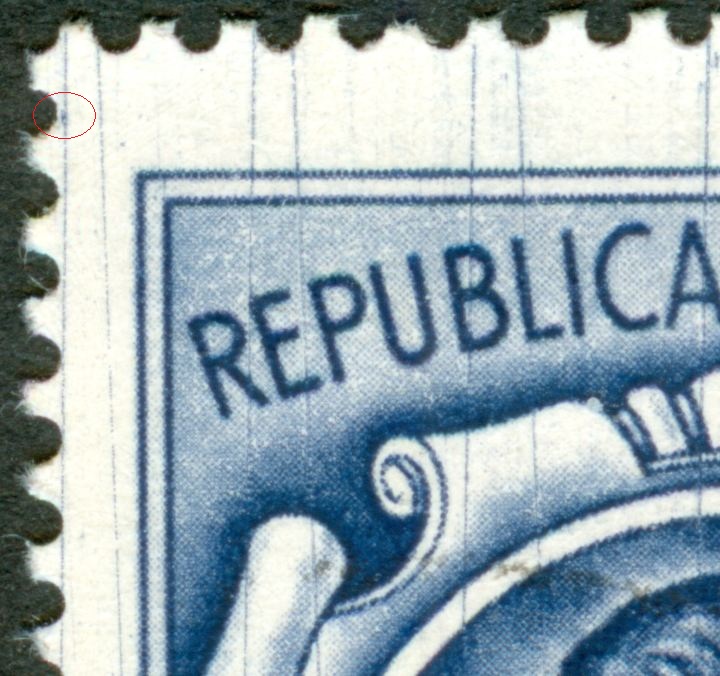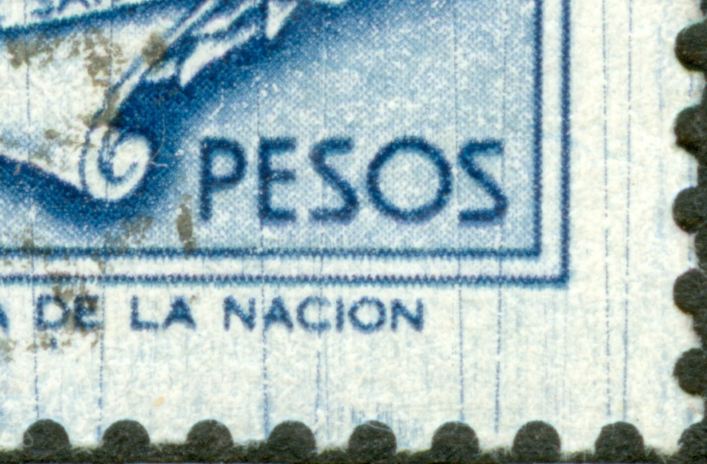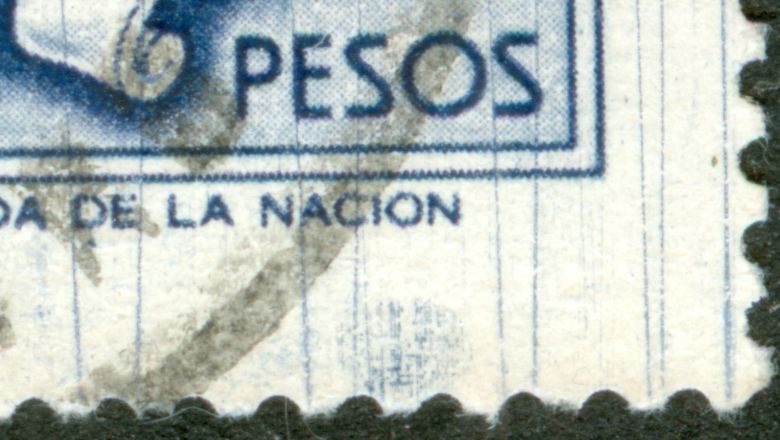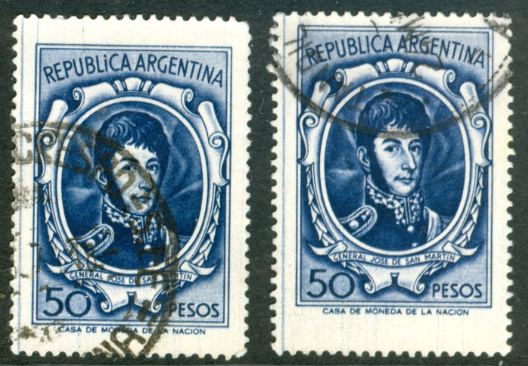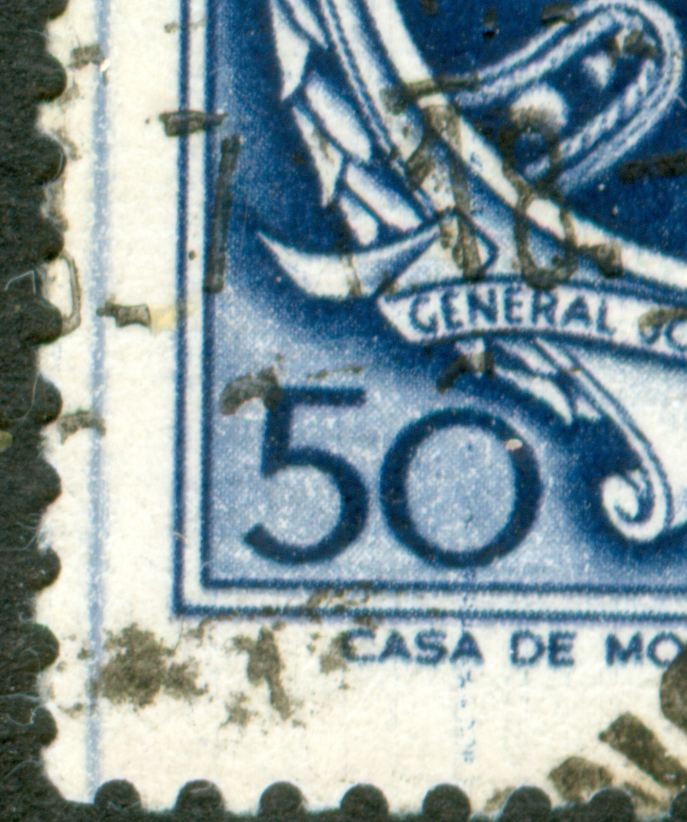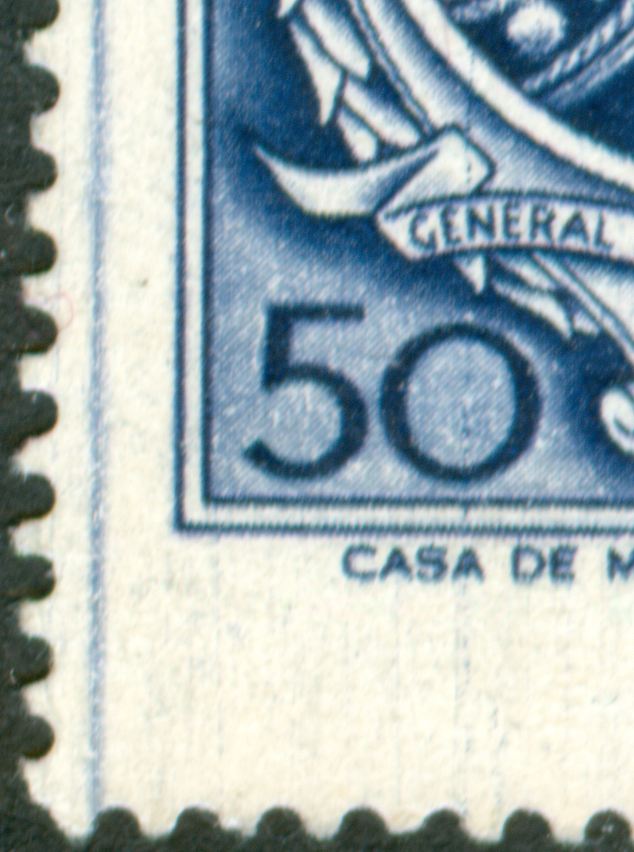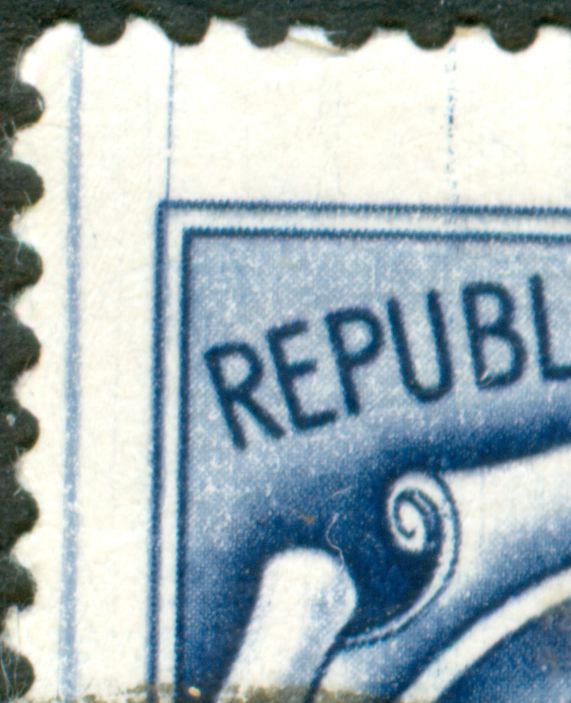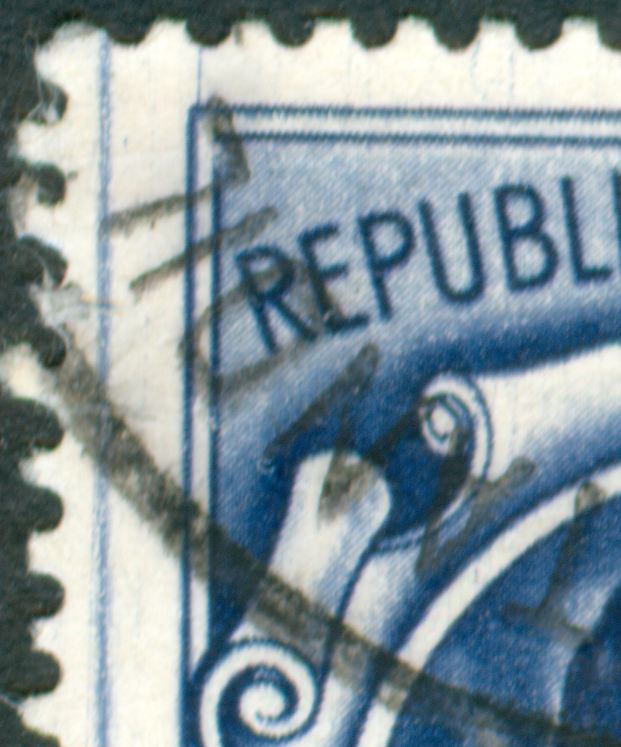Página 1 de 7
Doctor blade's flaws or plate flaws???
Publicado: 13 Oct 2012 19:01
por Rein
The typical longish lines we see in photogravure printed stamps are usually accidental ones depending on whether the doctor blade - a long knife to wipe off the superfluous ink from the cylinder - a racleta - is defectuous and has small indents that will prevent the ink to get scraped off!
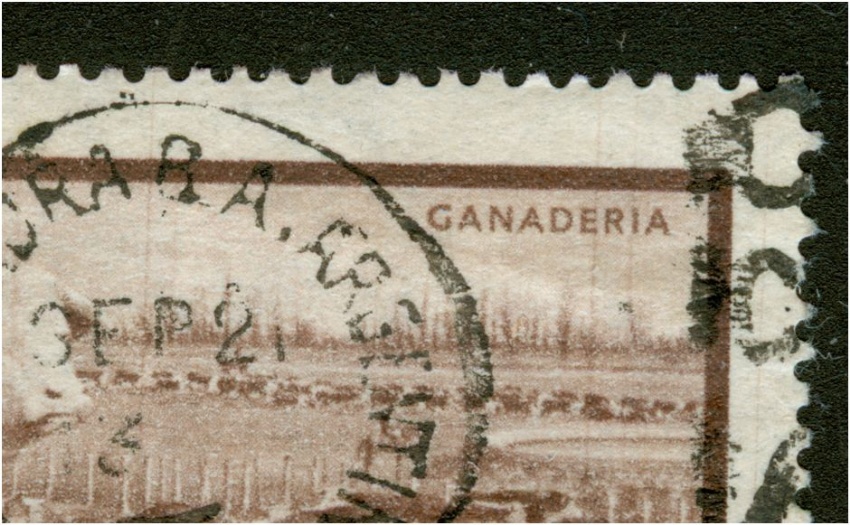
However, such lines can also originate from defectuous cylinders that got scratched!
How can we tell which case we are dealing with????
to be continued ...
Re: Doctor blade's flaws or plate flaws???
Publicado: 13 Oct 2012 20:12
por Rein
Re: Doctor blade's flaws or plate flaws???
Publicado: 13 Oct 2012 20:28
por Rein
Re: Doctor blade's flaws or plate flaws???
Publicado: 13 Oct 2012 20:35
por Rein
Re: Doctor blade's flaws or plate flaws???
Publicado: 09 Nov 2012 08:50
por Rein
Re: Doctor blade's flaws or plate flaws???
Publicado: 09 Nov 2012 09:13
por Rein
Re: Doctor blade's flaws or plate flaws???
Publicado: 09 Nov 2012 13:46
por Otin
Rein,
The crossing diagonal lines on $50.- San Martín were shown in my book El huecograbado y sus variedades. Unfortunaately the printing of its reproduction is very poor. I think that the crossing lines were produced by indents of the doctors blado that, as you know, has a continuos lateral movement from left to right and viceversa that could well be the cause of the crossing lines.
Do you agree?
On the other hand concerning the screens used in the 23p quebracho ( it`s an abbreviation of "quiebra hacha" = Ax broker, because they say its wood was so hard the axes got destroyed) I think I know the reason. Many years ago in a visit to the Casa de Moneda they took me to see the process of photogravure printing. They, among other things, showed me the screen. It was a piece of a rectangular thick glass with the scrredn produced by regular scratched, diagonal diagonal lines in one of its surfaces. Let´s say that it produced a coarse screening (today we would say few dpi) The secong and finer screen (more dpi)
was probably produce by a new sreen they show me not so long ago. It was a plastic sheet with PRINTED diagonal lines so fine that it looked like and smoked color plastic sheet, imposible to be reproduce in the article I was writing. If I´m not wrong, they told me they were using this knew one because tle glass one broke and a new glass one wa stoo expensive.
Jose
Re: Doctor blade's flaws or plate flaws???
Publicado: 09 Nov 2012 15:04
por Rein
Otin escribió:Rein,
The crossing diagonal lines on $50.- San Martín were shown in my book El huecograbado y sus variedades. Unfortunaately the printing of its reproduction is very poor. I think that the crossing lines were produced by indents of the doctors blado that, as you know, has a continuos lateral movement from left to right and viceversa that could well be the cause of the crossing lines.
Do you agree?
José,
NO, that is exactly why I am showing this!! They are NOT doctor blade related!!! Exactly the same set of lines in combination with a fixed plate flaw [dot on the nose, dot under "d"]....
On the other hand concerning the screens used in the 23p quebracho ( it`s an abbreviation of "quiebra hacha" = Ax broker, because they say its wood was so hard the axes got destroyed) I think I know the reason. Many years ago in a visit to the Casa de Moneda they took me to see the process of photogravure printing. They, among other things, showed me the screen. It was a piece of a rectangular thick glass with the scrreen produced by regular scratched, diagonal diagonal lines in one of its surfaces. Let´s say that it produced a coarse screening (today we would say few dpi) The second and finer screen (more dpi) was probably produce by a new screen they show me not so long ago. It was a plastic sheet with PRINTED diagonal lines so fine that it looked like and smoked color plastic sheet, impossible to be reproduce in the article I was writing. If I´m not wrong, they told me they were using this knew one because the glass one broke and a new glass one was too expensive.
Jose
Yes, I agree, the glass screen plates were terribly expensive and that is why they changed over to plastic ones and have the screen printed.... But screen 100 in general had been used for quite some time even just before World War II. Screens 60, 70 and 80 were more common. Screen 120 (125) is common since the 1970-ies and in the 1980-ies screen 150 emerged in Switzerland. In offset-printing a screen of 600dpi [=240 lines/cm] can be found occasionally.... But for photogravure 150 was the maximum I have seen until an American set of flower stamps turned up!
I will look it up and show it here!
saludos, Rein
Re: Doctor blade's flaws or plate flaws???
Publicado: 09 Nov 2012 19:05
por Otin
Rein,
I´m glad we agree. And thanks for all the info concerning screens you are giving.
José
Re: Doctor blade's flaws or plate flaws???
Publicado: 11 Nov 2012 07:31
por Rein
Re: Doctor blade's flaws or plate flaws???
Publicado: 11 Nov 2012 07:33
por Rein
Re: Doctor blade's flaws or plate flaws???
Publicado: 12 Nov 2012 09:36
por Rein
Otin escribió:Rein,
I´m glad we agree. And thanks for all the info concerning screens you are giving.
José
José,
more about screens and how to measure them!
viewtopic.php?f=137&t=8613&p=73747#p73747
saludos, Rein
Re: Doctor blade's flaws or plate flaws???
Publicado: 12 Nov 2012 14:53
por filatemusico
Lo que a mi me parece extraño es que la lineas no esten paralelas
Re: Doctor blade's flaws or plate flaws???
Publicado: 12 Nov 2012 15:01
por filatemusico
Tengo algunas placas de este tipo, si quieren puedo mostrarlas con más detalle.
Esta placa se utilizó en una prensa Goebel de los años 50, esta estampilla se imprimió en 1986 con un tiraje de 603,600 planillas de 50 estampillas cada planilla, esta prensa imprimía dos planillas por vuelta.
Re: Doctor blade's flaws or plate flaws???
Publicado: 12 Nov 2012 18:31
por Rein
That is why we have to look more for something that could have scratched the cylinder itself! A metal brush to get rid of the chromium when dechroming?!
Anyhow, it looks rather careless to use such cylinders for serious security printing!
I am curious whether you could point out to me some more info about the 1920-1960 stamps of Mexico! Its printing history. Celis Cano is too superficial...
saludos, Rein


